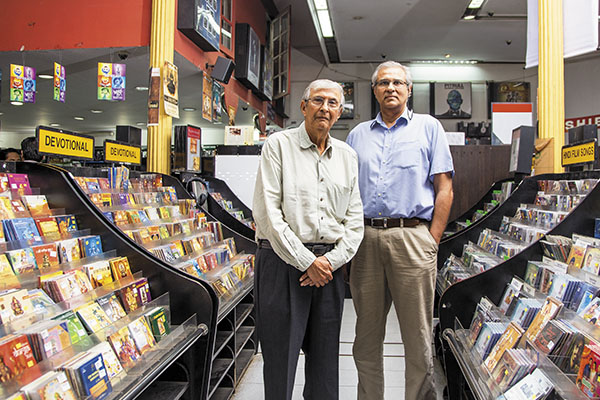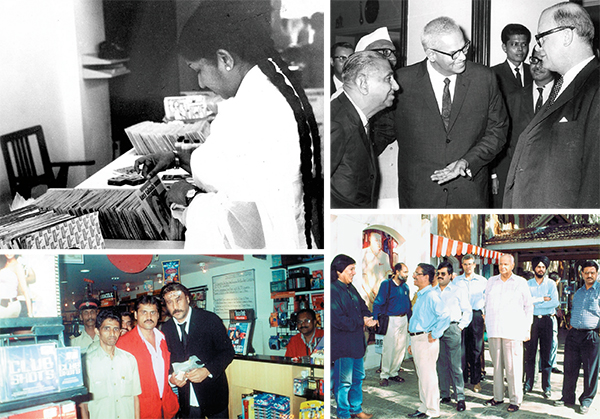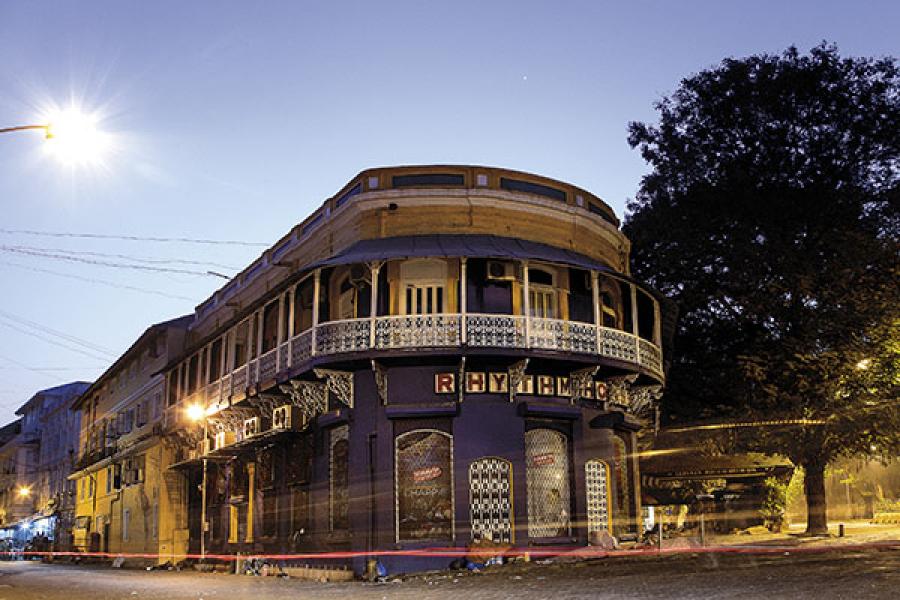
Rhythm House: Tracking the journey of Mumbai's cultural icon
As Rhythm House becomes the latest cultural icon to fall by the wayside, the chairman of Mumbai's musical cornerstone shares his 45-year-old journey with the store


Clockwise from left: Bharat Ratna Lata Mangeshkar browses through the records section at the iconic store; Rhythm House founder and owner Suleman Nensey is introduced to a guest; contemporary artist Laxman Shreshtha (standing left) outside the store; and actor Jackie Shroff with some employees
(This story appears in the 22 January, 2016 issue of Forbes India. To visit our Archives, click here.)
-
 Vipan Kohli
Vipan KohliIn the Army, during the seventies, it was customary for those proceeding on leave to get LP records for the Officers' Mess. Whenever I went on leave to Bombay (now Mumbai) I would visit Rhythm House to buy records for the Mess. Later when Cassettes came into being an I owned a music system I would pick up a no of cassettes. I have had a long association with Rhythm House. It was not just a shop but a tourist attraction like Gateway of India, Girgaum Chowpatty, Marine Drive and Hanging Gardens. Much pained to learn about its closure. Should I say "RIP Rhythm House"?
on Jan 20, 2016 -
 Vikram Koppikar
Vikram KoppikarAs the author points out, a trip to South Bombay in my childhood years was incomplete without a trip to Rhythm House. I fondly remember the leisurely sifting through their stacks of cassettes then CDs and later DVDs. The knowledgeable and friendly staff will be sorely missed. Goodbye Rhythm House! As the lyrics of the song "American Pie" go, Feb 28 will be "the day the music died"
on Jan 19, 2016















